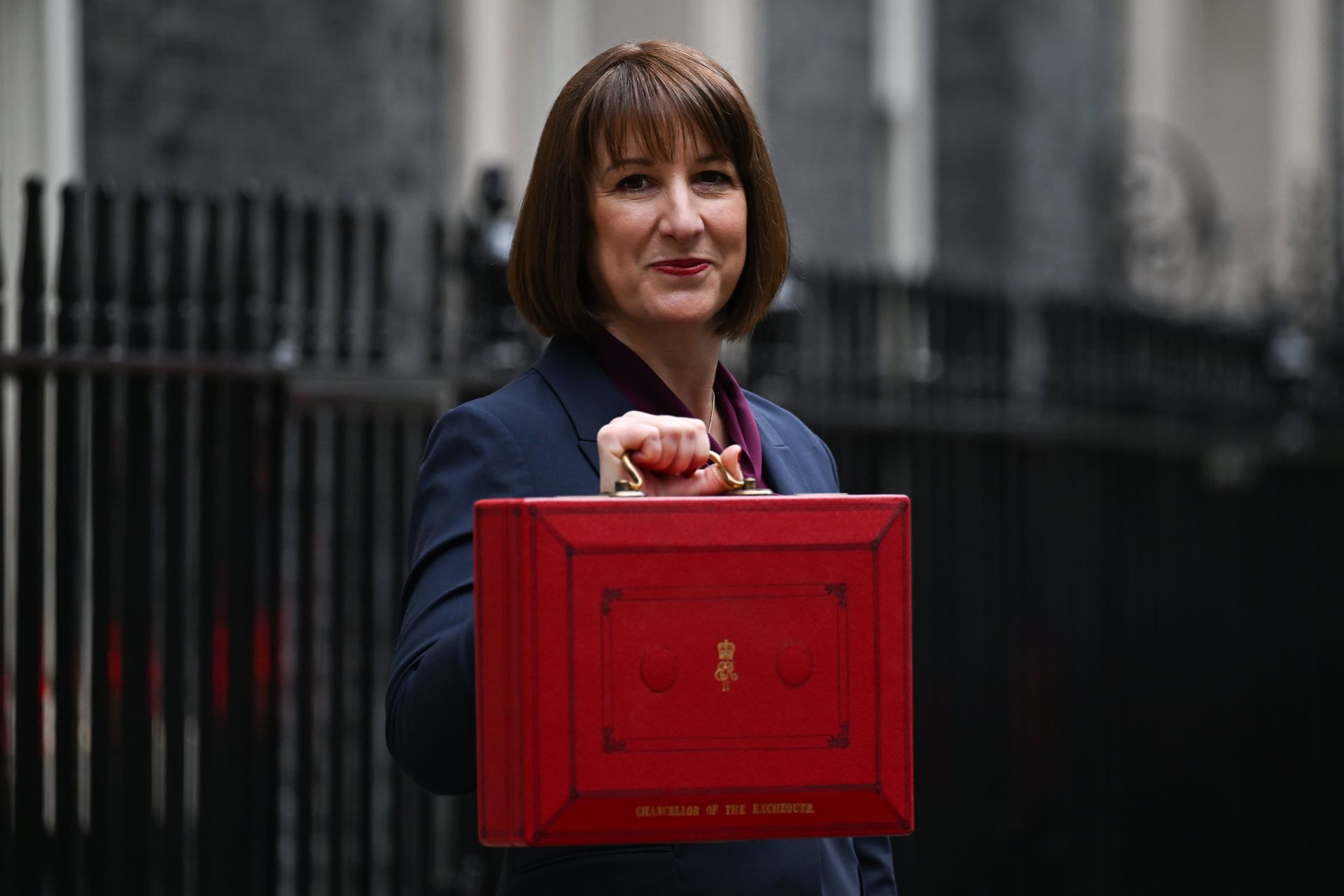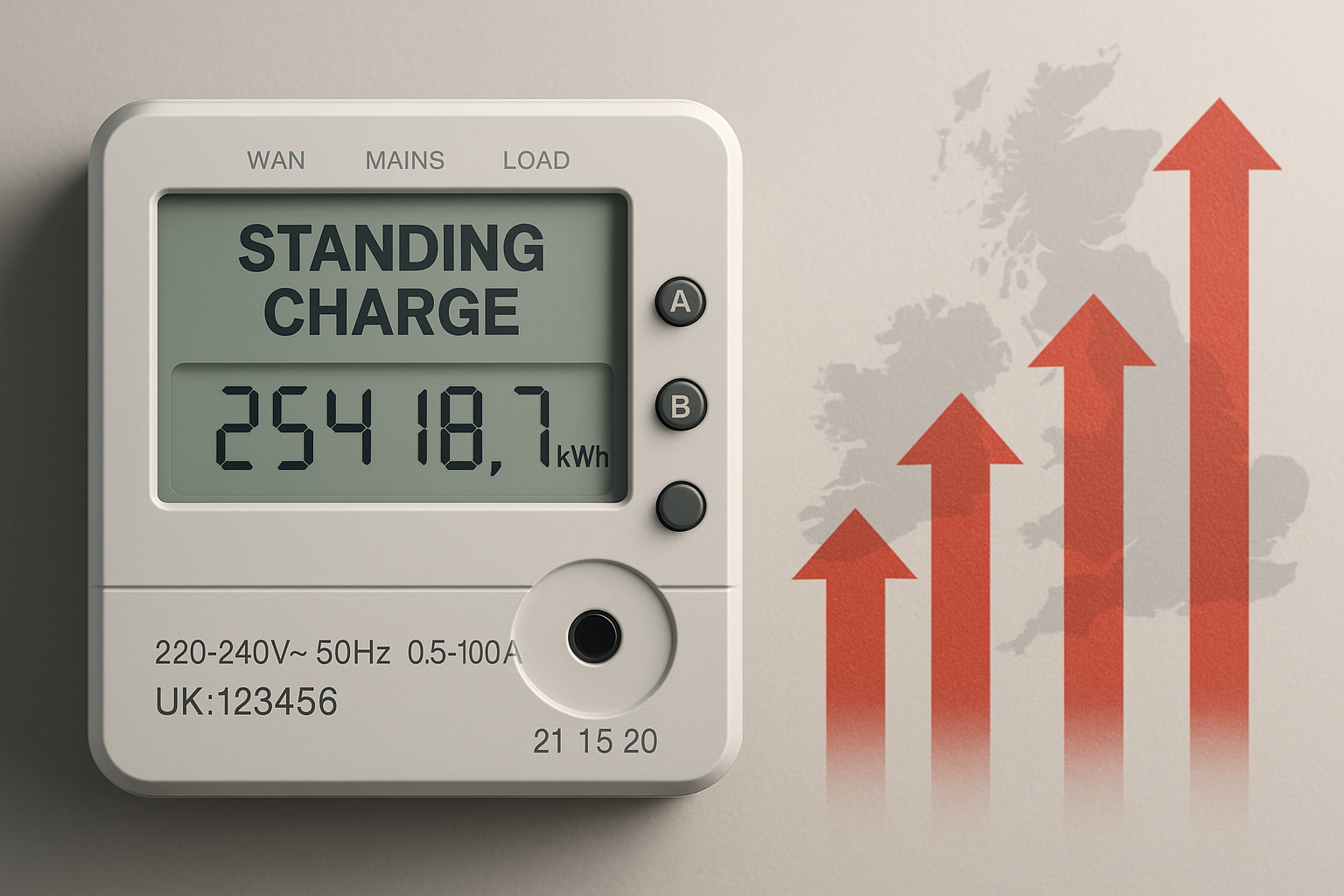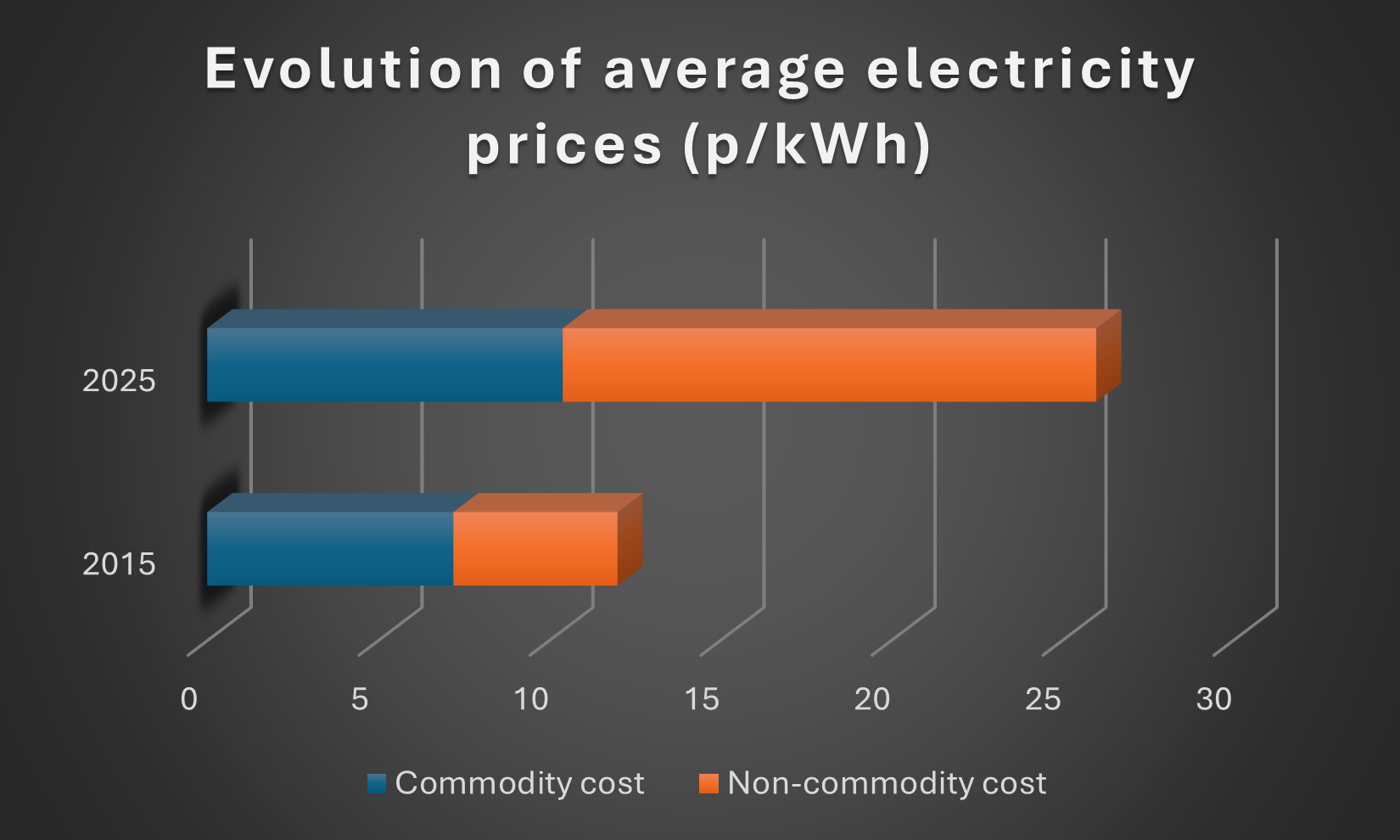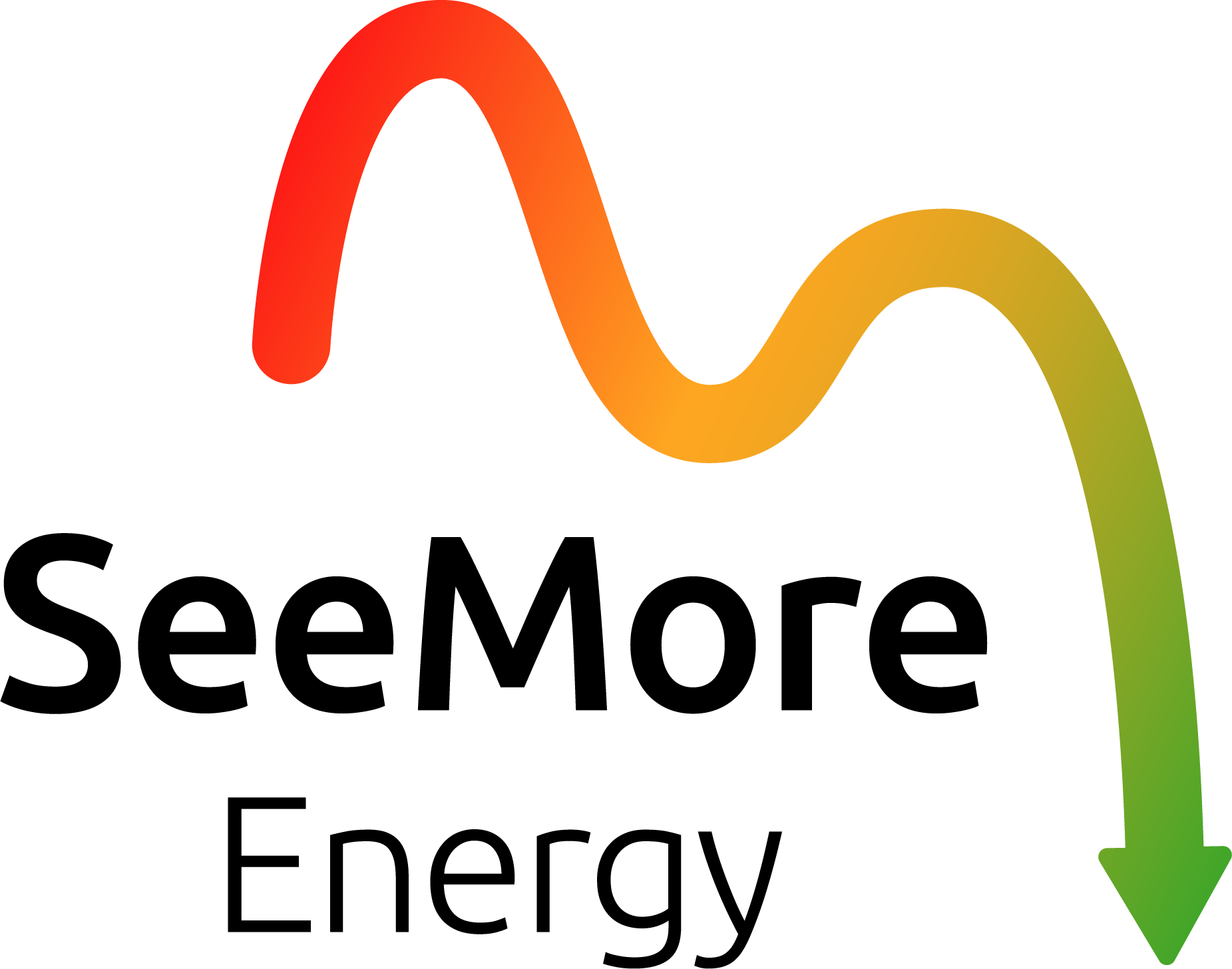June 2025 Review
June 2025 Review
By Adam Novakovic
The British summer is underway and it commenced with a heatwave, leading to record temperatures during the opening games of Wimbledon. However, energy prices would be largely dictated by events far away from the UK, as a need for cool heads in the Middle East was the primary driver of energy prices throughout June.
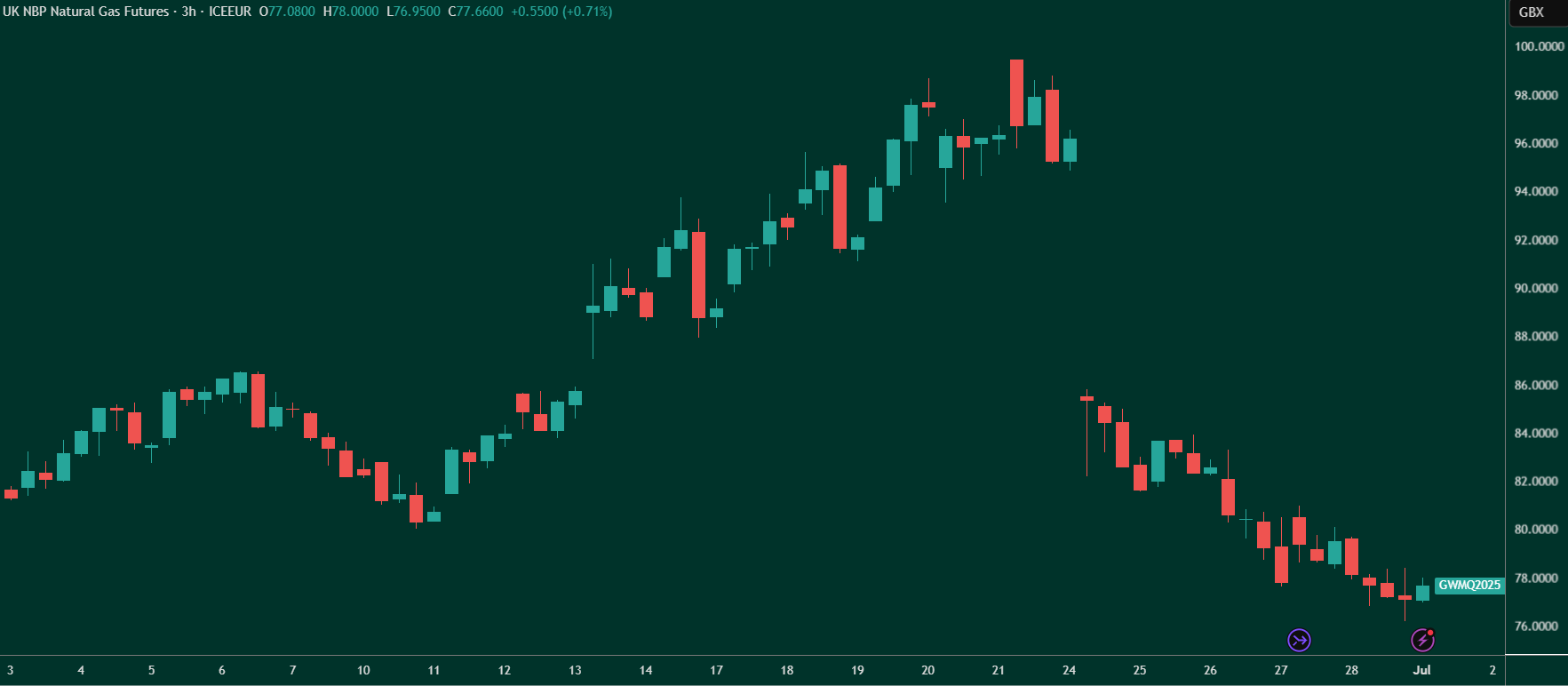
Wholesale prices would rise sharply between the 10th-25th where many market participants were faced with the difficult choice of locking in purchases at an inflated price or waiting to see whether the conflict in the Middle East could be resolved before it impacted LNG (liquified natural gas) imports. For companies on Flex contracts, this period highlighted the importance of having expert guidance throughout times when difficult decisions need to be made. If your business is currently on a flex contract and you would like to learn more about our flex advisory services, contact us today for a free consultation.
June began with negative stories driving prices higher as news broke of Ukraine launching drone attacks in Russian territory. There had previously been hopes of peace talks bringing an end to hostilities, but this was a reminder that the conflict is still on-going, and that any optimism regarding the resumption of Russian gas flows into Europe may be misplaced – particularly if the European commission refuse to change their stance towards Russia.
These attacks coincided with scheduled outages at Norwegian gas fields, further emphasising the UK’s reliance upon LNG exports. The outages had been planned in advance, but they make the energy markets more sensitive to any unexpected upticks in demand, or issues with supply.
The major factor that caused prices to rise in June, was the conflict between Israel and Iran. After Israel launched an initial wave of attacks, there were concerns about how Iran would respond. We discussed the impact of the conflict in more detail here. The main issue affecting the market was related to how this would impact LNG shipments through the Strait of Hormuz. A prolonged conflict would raise the risk premium of any cargo ships passing through the strait, and there were even talks of Iran shutting down the strait as a response to the attacks.

Before the confirmation of a ceasefire sent prices back to their previous levels, the wholesale market had seen a 25% rise over the course of 2 weeks. However, prices have since returned to the lows seen at the end of April/start of May.
Towards the end of the month, the European Commission proposed a legally binding ban on any Russian gas imports, with EU LNG terminals being banned from dealing with Russia. Previous proposals of this nature had seen strong opposition from Slovakia and Hungary, and it remains to be seen whether this proposal will be possible to implement.
Outlook
The market is likely to be sensitive to any further conflicts that could impact LNG shipping routes. Although peace has now been declared, there is still an elevated risk concerning hostilities in the Middle East.
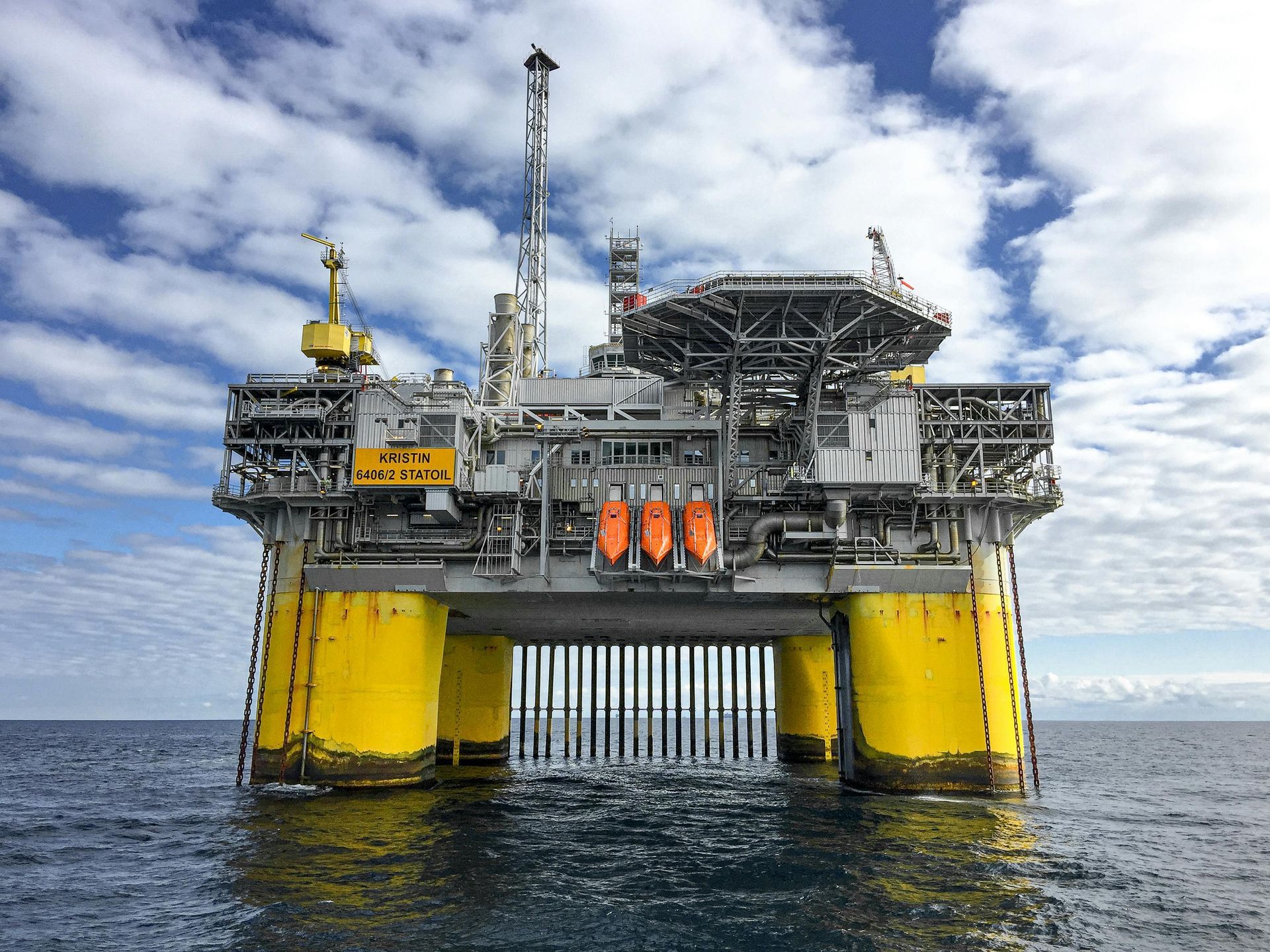
Further Norwegian outages are scheduled for September which would coincide with an important time for EU countries to refill their gas reserves. The European commission has relaxed some of the rules regarding the refill levels, now permitting countries to hit the 90% reserve level at anytime between October 1st and December 1st, but it will still lead to many nations needing to make purchases before that time. There has also been talks in France of nuclear reactors potentially needing to be shut down for important maintenance work. This could lead to decreased energy availability at a time when large purchases are necessitated by European regulations. For those with renewals in the final quarter of the year, now may be the best time to look at getting quotes before a supply squeeze could potentially cause prices to rise in the final few months of the year.
If your business requires advice with its energy procurement, management, or planning, then don’t hesitate to contact Seemore Energy to speak to experienced advisors who can help you with bespoke strategies and advice that is tailored to your needs.


